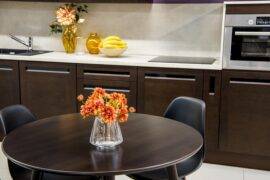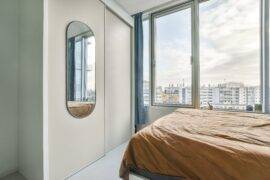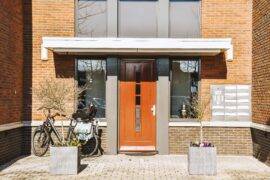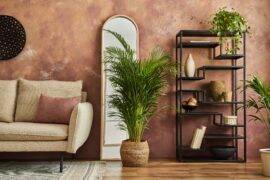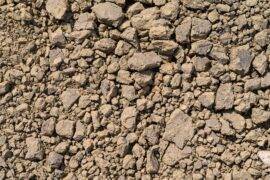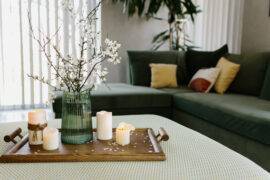Get your p’s and q’s straight and don’t forget to dot your i’s and cross your t’s because we’re about to decorate your house with the alphabet. From pillows on your sofa, to the kitchen and bathroom wall, art is getting redefined.
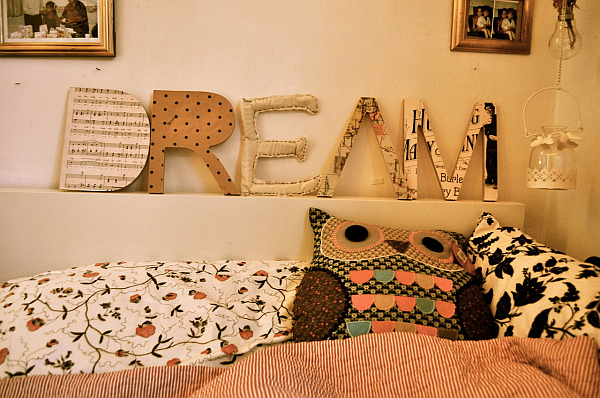
I’ve only had the pleasure of intently browsing an art gallery a few times in my life but it didn’t take long for me to realize that no matter how long I stood in front of a collection if it were not for the gold plaques, I would not be able to determine the artist, nor would I understand their voice, stroked through paintbrush into the masterpiece.
That’s the beauty, though, behind the beauty of art. It speaks to people differently and our interpretations vary. True art will touch us in ways that no one else will feel. Some speak to our heart, others our souls, and some just to our eyes. Some art we take at face value, while some art urges us to unearth the secrets, to search for a deeper meaning than the canvas surface of color and medium. It’s pieces like these that demand your artistic and creative integrity to probe the mind and its emotions for the DNA makeup, heritage and culture of the picture.
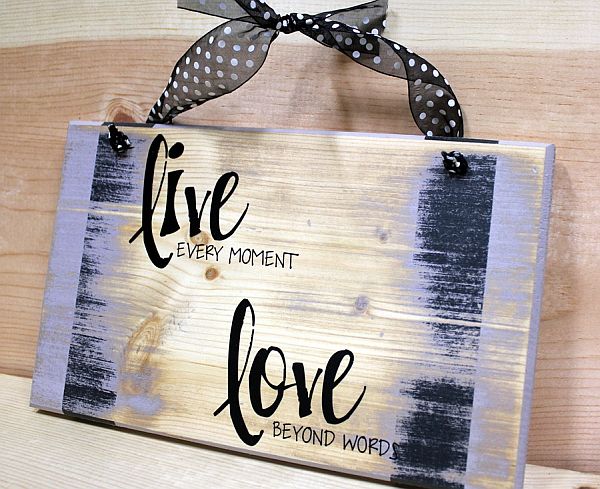
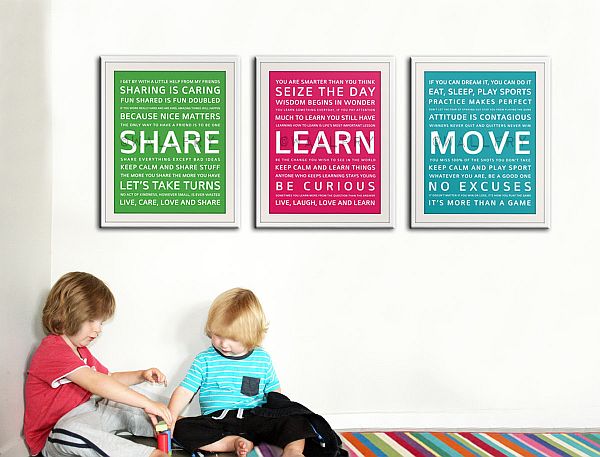
Which is why I love typography: the word art that if you can’t translate the picture, or find the deeper meaning, well the essence of the picture, the letter placement, will be screaming it in your face.
The sound of horns blaring, a million voices raging, the telephone incessantly ringing, it’s hard to grab the attention of an individual to make them stop. To make them listen. To be seen. And that’s just art trying to grab the attention of humans. We spend thousands upon thousands of dollars to decorate our walls with rare, originals and what do they get but s blasé comment. “Hmm, that’s nice. Is it new?”
From your library to your bedroom, to your foyer walls, typography can be your new wall art.
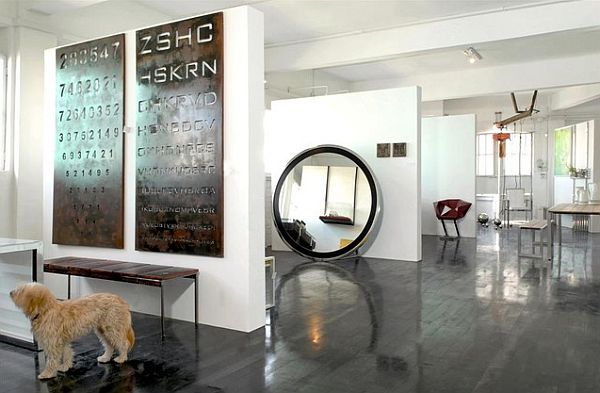
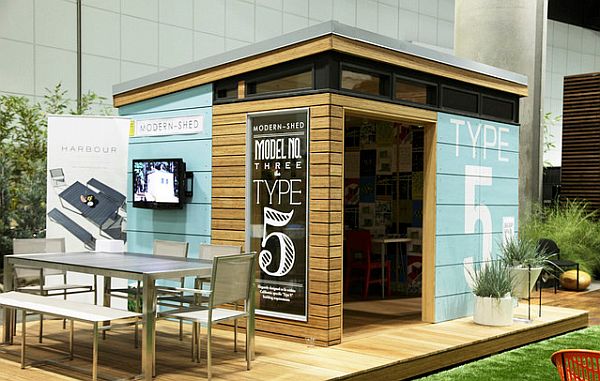
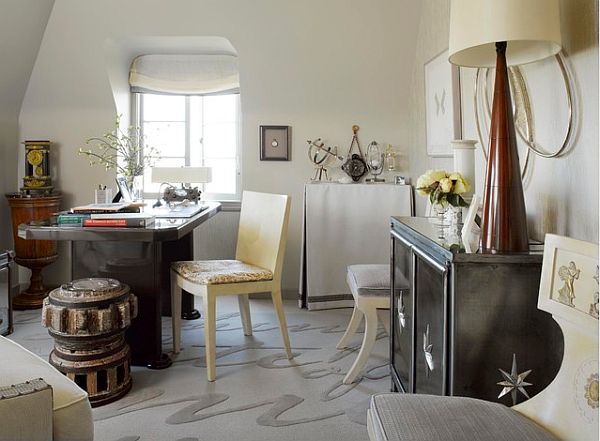
Suddenly the boring plain text of Newspaper and writer’s -Helvetica and Times New Roman -that Tommy (Woody Harrelson) in Friends with Benefits was so worried about comes to life and looks-you thought you would say this- smashing.
Thanks to amazing designers whom have influenced typography such as Herb Lubalin and Timothy Goodman typography is art that brings a wall to life and performs eye resuscitation through fighting with words, letters and their ability to be shape-shifters. Once simple phrases like Hope, Yes We Can, and Change. When night comes and the keys of the computer are furiously pressed until they shifted and the shape, the face of Obama appeared.
Give your walls a chance to shape-shift and have unlimited access to popularity with these three modern ways of typographing your home.
1. The 3D Letter
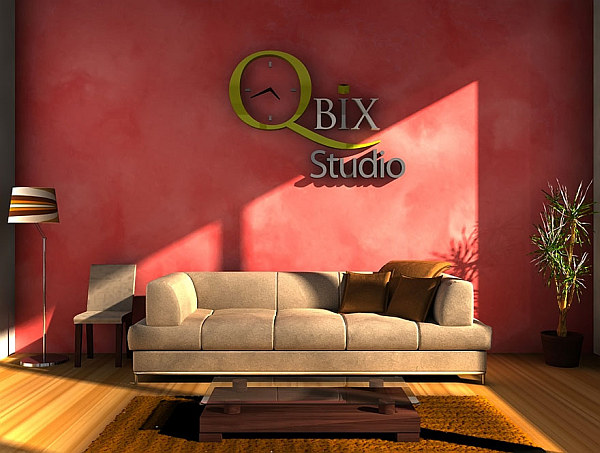
From etc. to & and the twitter phenomena, the #hashtag, décor of these alphanumeric icons are a fun way to incorporate a little text lingo into your shelves or coffee table. From Target to custom and handmade, these chunky collectibles are spelling out children’s names on the wall, and even making it to storefront windows.
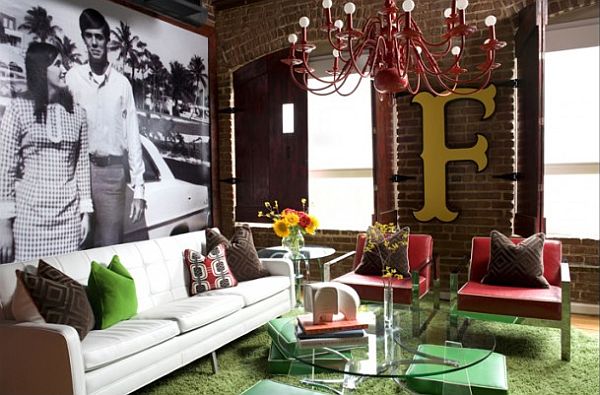
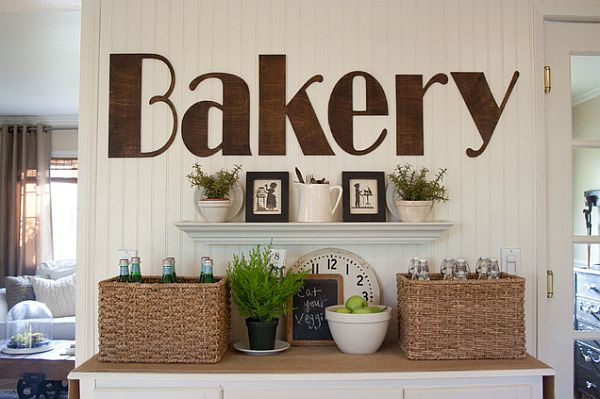
So instead of a meaningless glass paperweight, try on a letter or sign as a way to bring the letters of our language to life and prove to texters that yes, every letter is important and has its place in a word or sentence.
2. The Poster Board.
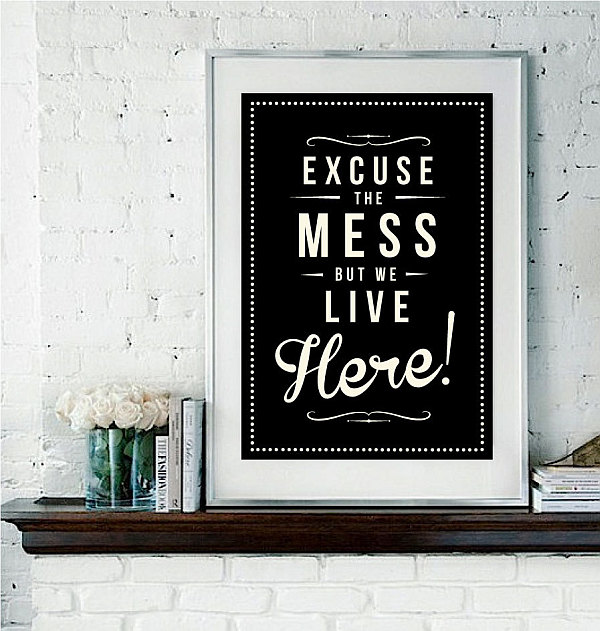
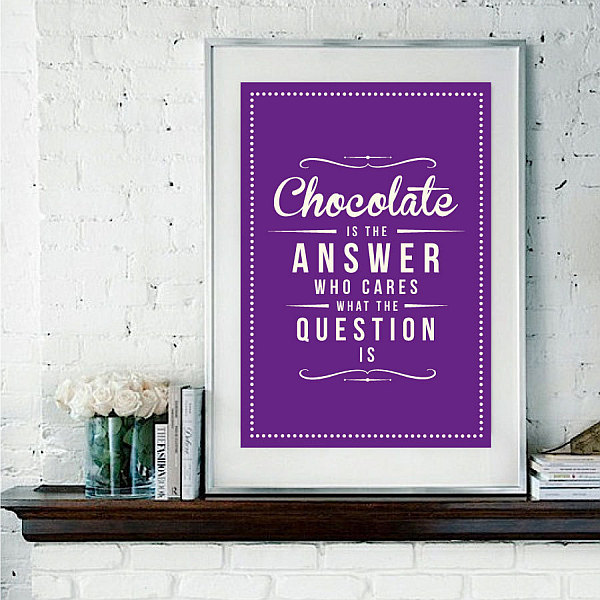
It’s edgy, its informative, and you can tell people what you believe in without even opening your mouth. It’s the art version of ventriloquism. From wall width to small frames beside the toilet, these fun yet insightful typographed poster boards can turn the shallowest of brains into the Thinker.
3. The Repurposed Décor
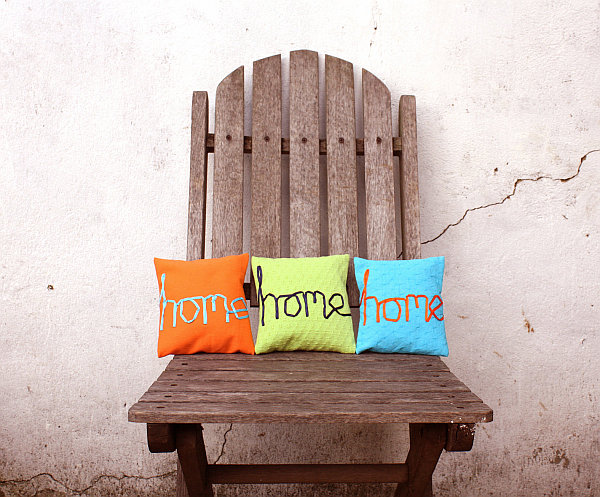
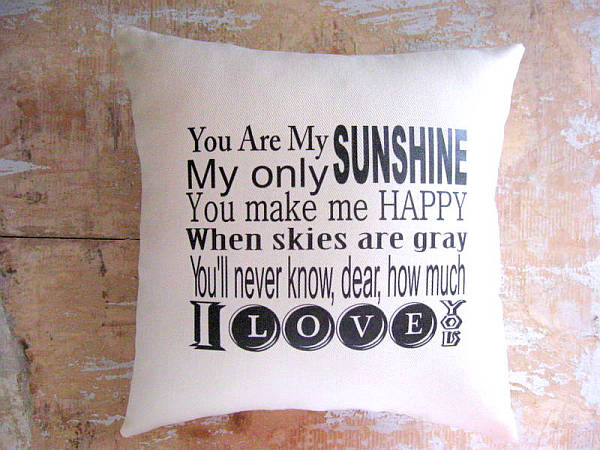
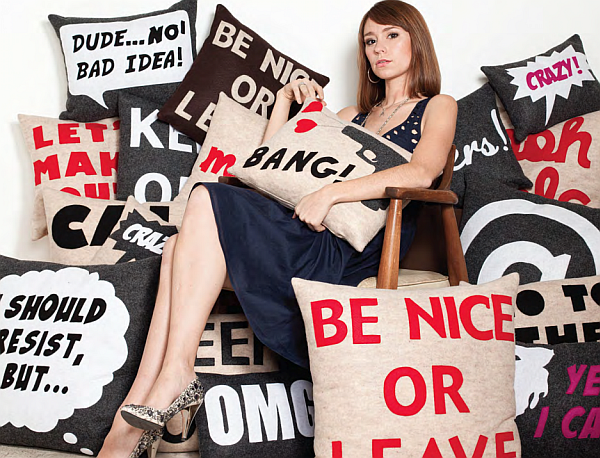
Get graphic. Your pillows saying wake up or good night, your walls marked with words of jest or reflection, you can really shake up the normal and put some flavor back into a plain white mug when black bold letters are printed all over saying, what else, but mug?
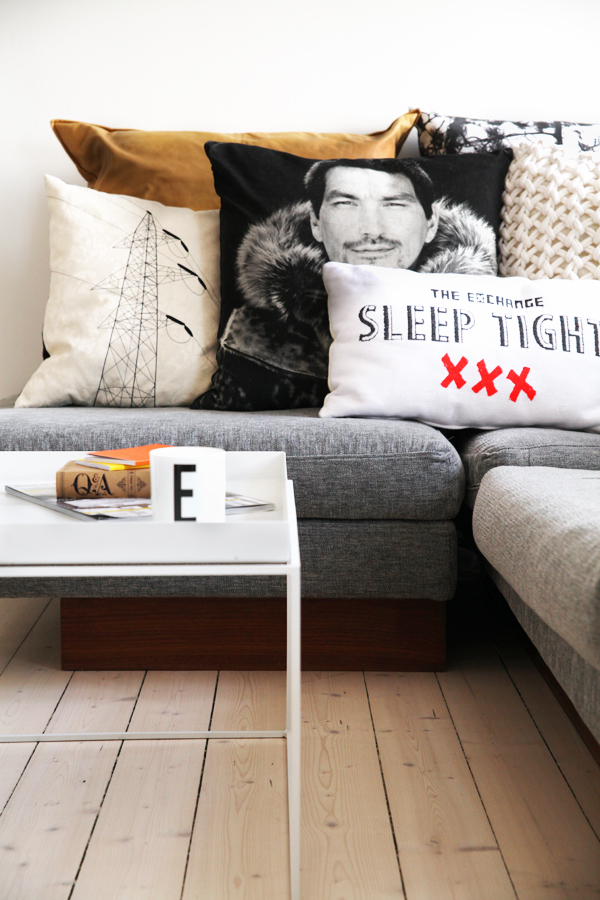
So add to your collection of renowned or local art pieces of inquisitive typography. A simple picture filled with words and letter will make us stop and ask ourselves why haven’t I seen it before? Why didn’t I understand this before now? And thousands of more questions will typography ask you if only you give it a fair and square chance and now more asking this question: “What was the artist thinking?”
